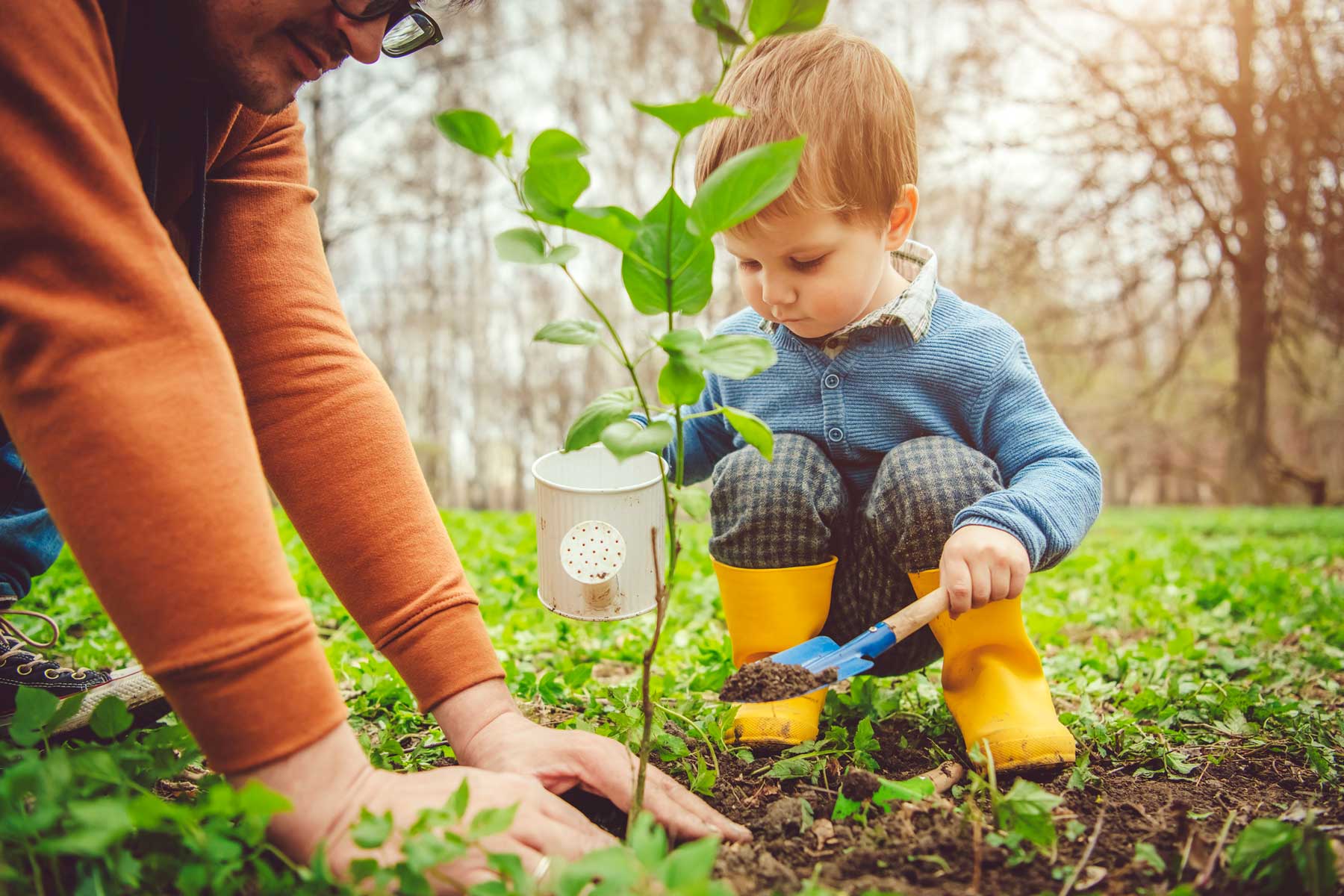Loose Parts Science Lab
In this lesson, children will conduct their own science experiments by mixing loose parts with water.
Content Area:
Earth, Water and Air
Learning Goals:
This lesson will help toddlers and preschoolers meet the following educational standards:
- Develop beginning skills in the use of science and engineering practices such as observing, asking questions, solving problems and drawing conclusions
- Explore the physical properties of objects
Learning Targets:
After this lesson, toddlers and preschoolers should be more proficient at:
- Planning and carrying out simple investigations
- Generating explanations and communicating ideas and/or conclusions about their investigations
- Identifying, describing and comparing the physical properties of objects

Loose Parts Science Lab
Lesson plan for toddlers/preschoolers
Step 1: Gather materials.
- The book Roxaboxen by
- Water
- Containers for water (each child will need at least one container such as a school-sized milk carton, a yogurt container or a stainless steel cup)
- Loose parts such as pine cones, leaves, walnuts, flowers, acorns, grass, sand and dirt
- Measuring cups, beakers, safety glasses and aprons will add to the experience but are not necessary.
Note: Small parts pose a choking hazard and are not appropriate for children age five or under. Be sure to choose lesson materials that meet safety requirements.
Step 2: Introduce activity.
- Introduce the book, Roxaboxen.
- Say: “Just like the children in the book, we are going to create our own science lab today.”
- Explain that the children will have the opportunity to create their own recipes and experiments by playing with water and the materials available to them.
Step 3: Engage children in lesson activities.
- Read the book, Roxaboxen. While reading the story, encourage the children to make predictions about what they are using the loose parts for as their town grows.
- Take the children outdoors and let the exploration begin!
- Stand back and let the children collaborate and answer questions on their own.
Step 4: Vocabulary.
- Combine: To add materials together, resulting in a new, changed material
- Compare: To identify the similarities or differences between two objects
- Conclude: To make statements about what was learned after an observation or experiment
- Effect: The result of a physical action
- Experiment: To test out a prediction to find out if a prediction is correct or not
- Mix: To combine materials together
- Plan: To decide how to carry out an experiment or conduct an engineering project
Step 5: Adapt lesson for toddlers or preschoolers.
Adapt Lesson for Toddlers
Toddlers may:
- Need bigger tubs, less water and bigger loose parts (toddlers may be content splashing, pouring and playing in the water as they investigate, predict, explore and make sense of their world)
Child care providers may:
- Add very small amounts of loose parts and cups for pouring/dumping/repeating
Adapt Lesson for Preschoolers
Preschoolers may:
- Try this activity alone, in teams or as a class (give preschoolers a variety of materials to work with; a change of clothes may be helpful/needed)
Child care providers may:
- Pair students with stronger language or second-language skills with children who might have stronger gross-motor or creative skills (collaboration will strengthen the children’s communication skills, facilitate cooperation and forge new friendships among students)
- Give school-aged children more materials to use as they engage in the activity and mentor their younger friends
Suggested Books
- A Box Can Be Many Things by Dana Meachen Rau
- Iggy Peck, Architect by Andrea Beaty
- Rosie Revere, Engineer by Andrea Beaty
- Roxaboxen by Alice McLerran
- The Most Magnificent Thing by Ashley Spires
- The Nowhere Box by Sam Zuppardi
- What to Do With A Box by Jane Yolen
Music and Movement
- “I Have A Box” by Bev Bos, Tom Hunter and Michael Leeman
Outdoor Connections
This is a great outdoor classroom project.
Comment on this lesson